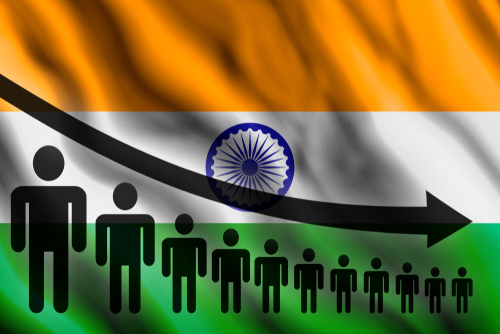WHO lauds India's success in reducing maternal mortality
IANS Jun 11, 2018
The government's efforts at improving access to quality maternal health services and increased emphasis on women's education are some of the reasons behind India's groundbreaking progress in reducing the maternal mortality ratio (MMR) by 77%, the WHO said on June 10.

According to the World Health Organization (WHO), the MMR has declined by 77% from 556 per 100,000 live births in 1990 to 130 per 100,000 live births in 2016. A special bulletin on 'Maternal Mortality in India 2014-16' by Sample Registration System (SRS) noted that the MMR in India fell to 130 in 2014-16 from 167 in 2011-13 with three states - Kerala (46), Maharashtra (61) and Tamil Nadu (66) - already achieving the SDG target.
"India's present MMR is below the Millennium Development Goal (MDG) target and puts the country on track to achieve the Sustainable Development Goal (SDG) target of an MMR below 70 by 2030," Poonam Khetrapal Singh, WHO Regional Director for South-East Asia, said in a statement.
She attributed the achievement to the increased coverage of essential maternal health services, which has doubled since 2005. "While the proportion of institutional deliveries in public facilities has almost tripled, from 18 per cent in 2005 to 52 per cent in 2016 (including private facilities, institutional deliveries now stand at 79 per cent)," Singh said.
Another is the state-subsidised demand-side financing like the Janani Shishu Suraksha Karyakram, which allows all pregnant women delivering in public health institutions to free transport and no-expense delivery, including caesarian section. As a result of the programme, overall, 75 per cent of rural births are now supervised, as compared to 89 per cent of urban deliveries. The scheme, launched in June 2011, has played a major role in closing the urban-rural gap traditionally seen in institutional births, Singh noted.
Further, India has also put significant emphasis on mitigating the social determinants of maternal health , with 68 per cent women now able to read and write and just 27 per cent entering marriage before the age of 18. "These factors alone have enabled Indian women to better control their reproductive lives and make decisions that reflect their own interests and wants," Singh said.
Finally, the government has put in substantive efforts to facilitate positive engagement between public and private health care providers. In addition, efforts to facilitate positive engagement between public and private health care providers has also reaped significant benefits.
Government campaigns such as the Pradhan Mantri Surakshit Matritva Abhiyan have allowed women access to antenatal check-ups, obstetric gynaecologists and to track high-risk pregnancies - exactly what is needed to make further gains and achieve the SDG targets, Singh said. India's achievements are already having wide-ranging human impact, and are of immense inspiration to other countries, she added.
-
Exclusive Write-ups & Webinars by KOLs
-
Daily Quiz by specialty
-
Paid Market Research Surveys
-
Case discussions, News & Journals' summaries